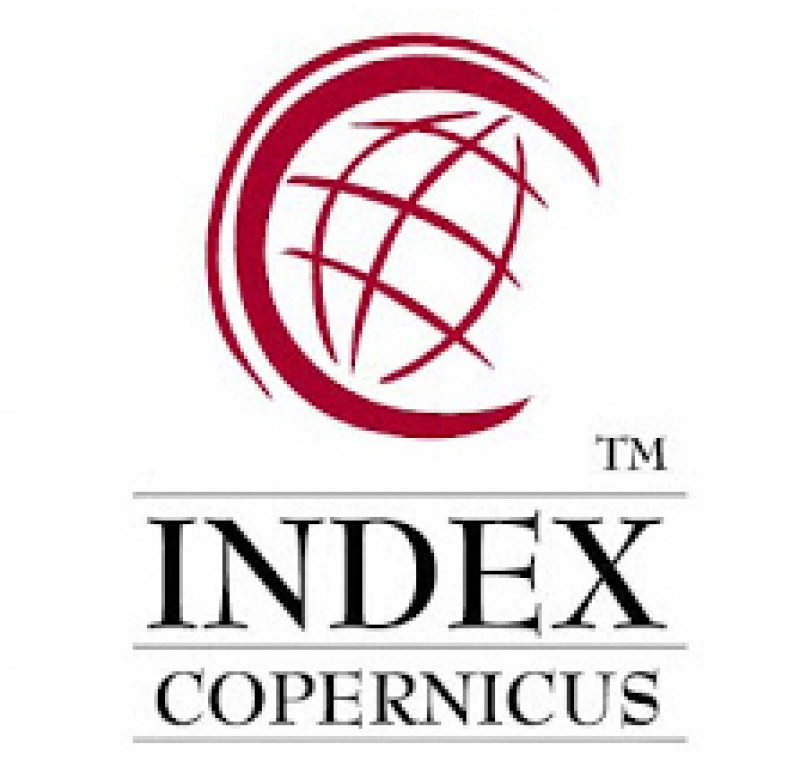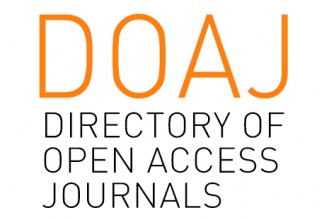Infringing of The Maxims as Humor in Mind Your Language: Season 1
Abstract
This research focuses on how infringing of the maxims becomes the humor construction in the sitcom Mind Your Language: Season 1. Briefly, this research has two aims. The first aim is to find what types of infringing of the maxims whereas the second aim is to find the type of humor created by infringing of the maxims in Mind Your Language: Season 1. In order to do that, this research uses pragmatics approach to find the types of infringing as well as the types of humor. The humor is divided into two types namely irony and pun. This research is considered as descriptive qualitative research for the context cannot be taken away from the data. The data analysis technique of this research is ethnographic methods as what Spradley in Santosa (2021) states. The analysis starts from domain, taxonomy, componential, and cutural theme analysis. The results show that there are 33 data in total. For the infringing, there are 27 data whereas cognitive impairment only appears 6 times. As for the humor, 19 data belong to pun while 14 data belong to irony. This research concludes that Mind Your Language: Season 1 constructs its humor with asking-answering incorrectly but not intentionally because the humor is basically constructed with infringing, both and pun.
Keywords
Full Text:
PDFReferences
A. Al-Zubei̇Ry, H. Y. (2020). Violation of Grice’s maxims and humorous implicatures in the Arabic comedy Madraset Al-Mushaghbeen. Dil ve Dilbilimi Çalışmaları Dergisi, 16(2), 1043–1057. https://doi.org/10.17263/jlls.759363
Aarons, D., & Mierowsky, M. (2017). How to do things with jokes: Speech acts in standup comedy. The European Journal of Humour Research, 5(4), 158–168.
Asahi, S. (2019). The Pragmatic Analysis of Ironies and Jokes. Department of English Linguistics, Graduate School of Letters, Osaka University. https://doi.org/10.18910/77241
Attardo, S., & Raskin, V. (2017). Linguistics and humor theory. In The Routledge handbook of language and humor (pp. 49–63). Routledge. https://www.taylorfrancis.com/chapters/edit/10.4324/9781315731162-5/linguistics-humor-theory-salvatore-attardo-victor-raskin
Bischetti, L., Ceccato, I., Lecce, S., Cavallini, E., & Bambini, V. (2023). Pragmatics and theory of mind in older adults’ humor comprehension. Current Psychology, 42(19), 16191–16207.
Dynel, M. (2014). Linguistic approaches to (non)humorous irony. HUMOR, 27(4). https://doi.org/10.1515/humor-2014-0097
Fitriyani, A., Mujiyanto, J., & Suwandi, S. (2020). The impact of Grice maxims infringement in adventure of Tintin towards communication purposes. English Education Journal, 10(3), 266–272.
Fubara, S. J. (2020). A pragmatic analysis of the discourse of humour and irony in selected memes on social media. International Journal of Language and Literary Studies, 2(2), 76–95.
Grice, H. P. (1975). Logic and conversation. In Speech acts (pp. 41–58). Brill. https://brill.com/downloadpdf/book/edcoll/9789004368811/BP000003.pdf
Klika, D. (2010). Comedy and struggle: An analysis of comic operation in the television sitcom [PhD Thesis, UNSW Sydney]. https://unsworks.unsw.edu.au/entities/publication/57a0398e-a442-47ee-b847-74473465e8a1
Lincoln, Y. S., & Guba, E. G. (1985). Naturalistic inquiry. sage. https://books.google.com/books?hl=en&lr=&id=2oA9aWlNeooC&oi=fnd&pg=PA7&dq=lincoln+and+guba+1985&ots=0vltP9O9wq&sig=uAKe8xw3gLO9OZqkprVvJSbfzbM
Mbisike, R. C. (2021). A Survey of Infringements of Gricean Maxims in Some Precautionary Inscriptions on Medicine Packets. Journal of Pragmatics Research, 3(2), 160–172.
Mills, B. (2014). The television sitcom. In The Routledge Companion to British Media History (pp. 451–459). Routledge. https://www.taylorfrancis.com/chapters/edit/10.4324/9781315756202-46/television-sitcom-brett-mills
Nemesi, A. L. (2020). Semantic and Pragmatic Mechanisms of Humour in Animal Jokes. Acta Universitatis Sapientiae, Philologica, 12(2), 1–24. https://doi.org/10.2478/ausp-2020-0010
Rohmadi, M., Sudaryanto, M., & Ulya, C. (2019). The Infringement of Maxim and the Perspective of School Teachers toward the News in Mass Media. INCOLWIS 2019: Proceedings of the 2nd International Conference on Local Wisdom, INCOLWIS 2019, August 29-30, 2019, Padang, West Sumatera, Indonesia, 268. https://books.google.com/books?hl=en&lr=&id=YPv6DwAAQBAJ&oi=fnd&pg=PA268&dq=Rohmadi,+M.,+Sudaryanto,+M.,+%26+Ulya,+C.+(2019,+August).+The+Infringement+of+Maxim+and+the+Perspective+of+School+Teachers+toward+the+News+in+Mass+Media.+In+INCOLWIS+2019:+Proceedings+of+the+2nd+International+Conference+on+Local+Wisdom,+INCOLWIS+2019,+August+29-30,+2019,+Padang,+West+Sumatera,+Indonesia+(p.+268).+European+Alliance+for+Innovation.&ots=hMexBvtvuE&sig=62mIvi6Ixnc9lvCb24GRCzZnCuk
Santosa, R. (2021). Dasar-dasar metode penelitian kualitatif kebahasaan. Surakarta: UNS Press.
Spradley, J. P. (2016). Participant observation. Waveland Press. https://books.google.com/books?hl=en&lr=&id=q7DlCwAAQBAJ&oi=fnd&pg=PR3&dq=Spradley,+J.+P.+(1980).+Participant+Observation&ots=H0dgO_TS19&sig=-dBWqn_HhyboGEqlTMurAS4u4_w
Thomas, J. A. (2014). Meaning in interaction: An introduction to pragmatics. Routledge. https://www.taylorfrancis.com/books/mono/10.4324/9781315842011/meaning-interaction-jenny-thomas
Wieczorek, M. (2019). Humour in relevance theory: A pragmatic analysis of jokes. University of Natural Sciences and Humanities : Scientific Publishing House of University of Natural Sciences and Humanities.
DOI: http://dx.doi.org/10.18415/ijmmu.v11i12.6269
Refbacks
- There are currently no refbacks.
Copyright (c) 2024 International Journal of Multicultural and Multireligious Understanding

This work is licensed under a Creative Commons Attribution-NonCommercial-NoDerivatives 4.0 International License.
https://ijmmu.com
editor@ijmmu.com
facebook.com/ijmmu
Copyright © 2014-2018 IJMMU. All rights reserved.



































